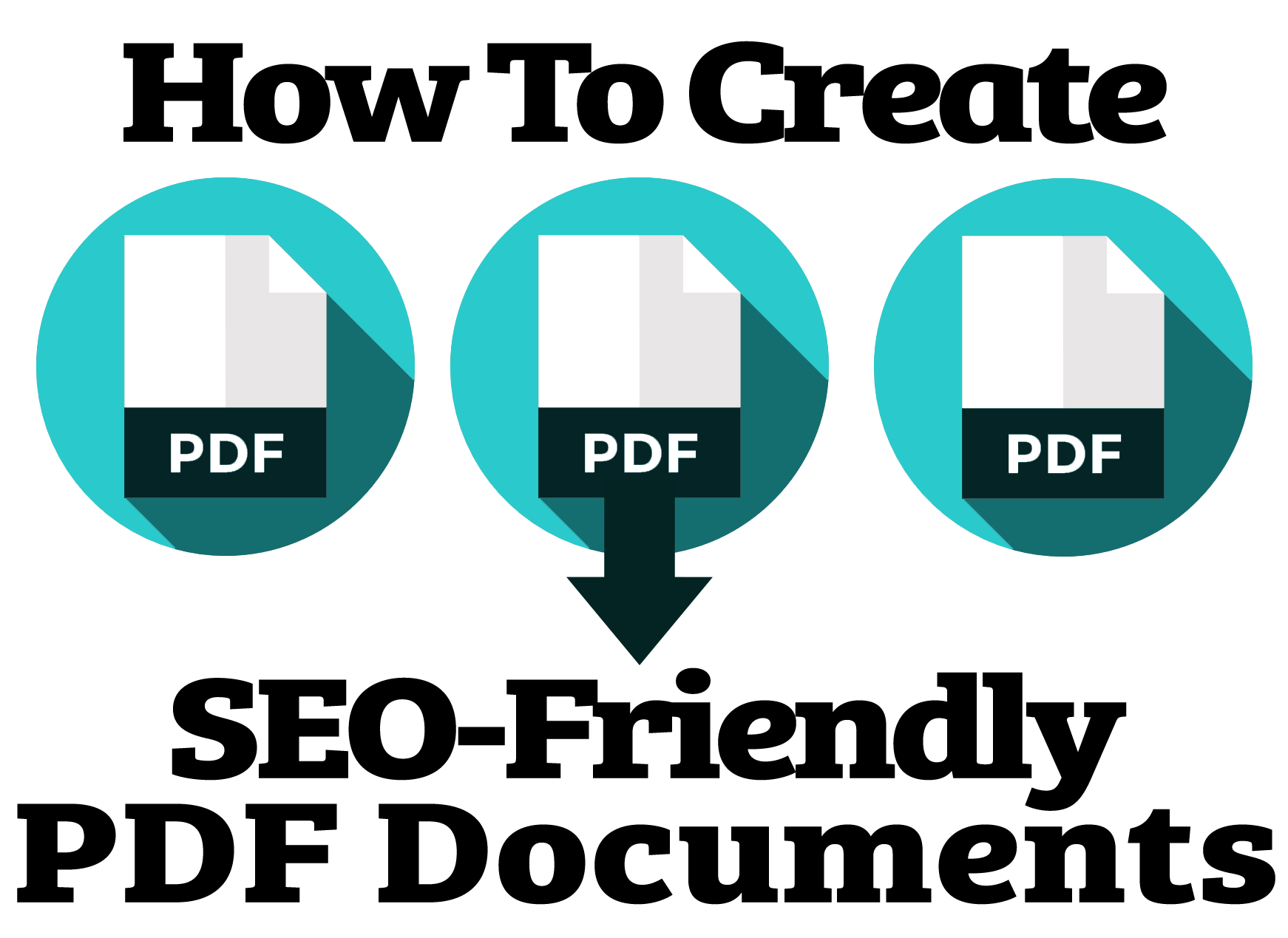Did you know that PDFs can rank just as well as normal HTML websites on search engines? Google itself has stated that it treats a PDF document in the same way that it does a regular website, meaning that all you need to do to get it to rank is optimize it.
The good news is that optimizing a PDF for search engines isn’t nearly as difficult as it sounds. In fact if you’d like to give it a try there are a few easy ways you can start to improve the SEO of PDF documents right now:
- Select search-friendly file names
The file names of your PDF documents will be part of its URL, and as such absolutely must be search-friendly. In other words you will want the URL to be something like www.yourwebsite.com/4-Easy-Ways-to-Improve-PDF-SEO.pdf, rather than www.yourwebsite.com/PDF0001.pdf.
Try to make the file name descriptive, and use your main keyword within it.
- Fill out the document properties
Filling out the document properties of PDF documents will provide search engines with invaluable information about its content. The document properties of PDFs function in the same way that metadata does on HTML webpages, and are just as important.
In particular you will want to make sure you fill out the title and description (or subject) fields in the document properties, as those are the most important. Be sure to use your keywords in both those sections as well.
- Add alternative text tags to images
As you probably know search engines can’t ‘see’ images and rely on alternative text tags to interpret their contents. Just as with HTML metadata, you can add alternative text tags to your PDF images as well.
Ideally the alternative text that you use should describe the image succinctly, to give search engines some context.
- Optimize the PDF document’s file size
Many search engines factor in the page speed when ranking webpages, and that applies to PDF documents as well. Unfortunately PDF documents can end up being quite large in some cases, especially if they contain a lot of images.
The good news is that there are a variety of tools that will let you optimize your PDF documents and reduce their file size. Typically these tools will compress images, streamline fonts, remove objects, flatten transparencies, and so on. Technically you could manually optimize your PDF documents, but it would be time-consuming.
- Link to your PDF document from your website
To get your PDF document indexed quickly, you should build links that connect it to your website. Ideally you will want search engines to perceive the PDF document as part of your website, so it should be linked in the same way that you would link other new content that you publish.
On top of that you should also make it a point to link back to your website from within the PDF. In fact including a link back to the website in the header or footer of every page will make it more convenient for readers as well.
If you’re going to be working with PDF files and publishing them online regularly, be sure you have a basic editor that you can use to alter and manage them. For example you could try Movavi PDF Editor if you’d like one that is versatile and easy to use.
As you can see it doesn’t take much to improve the SEO of PDF documents, and if you follow the tips listed above your PDFs should start to rank much better. At the end of the day all of the same SEO rules apply – and you just need to adapt them to apply them to PDF documents.
Author: 9TP
Admin is a professional blogger and digital marketer at 99techpost. She writes about Digital Marketing, Digital Transformation, Technology, WordPress, SEO, Web Design and Development . You can also follow us on facebook & twitter. Feel free to contact us if you have any queries.


Thanks for sharing the valuable information.Does this rule works for PPT documents ?